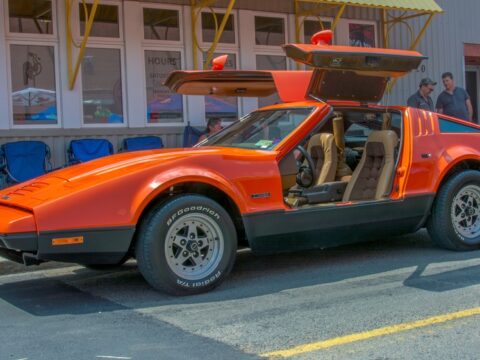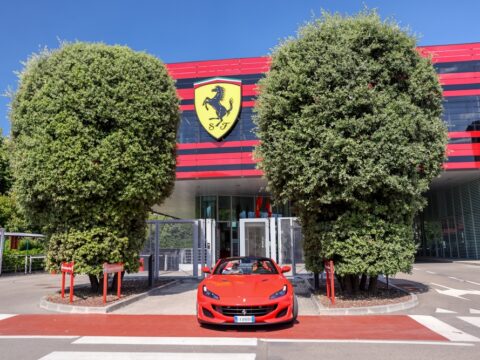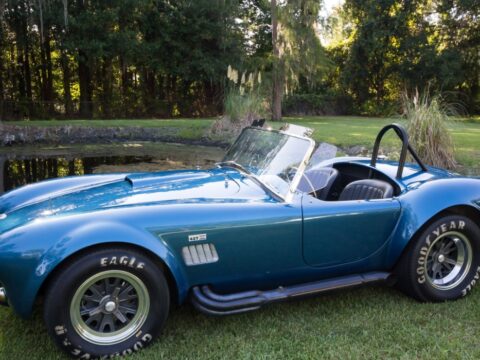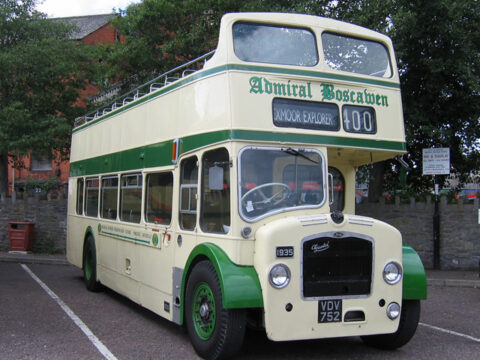Military vehicles have played crucial roles in shaping the outcomes of conflicts and the evolution of warfare. From tanks to helicopters, each innovation has brought new capabilities to the battlefield. This article explores 16 military vehicles that have had a profound impact, highlighting their features and the reasons they stand out in military history.
Contents
M1 Abrams Tank
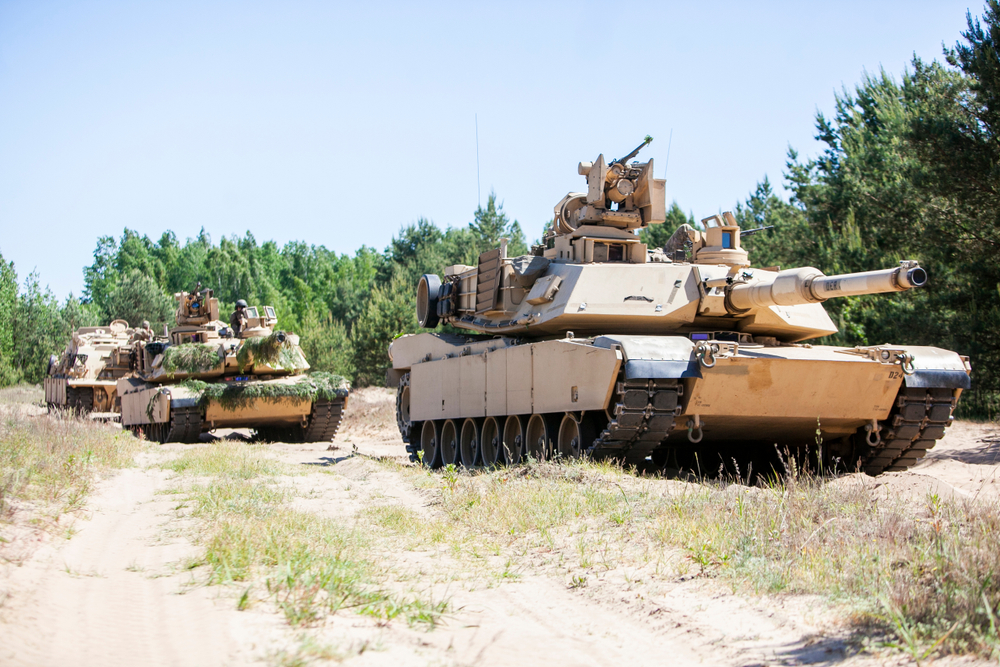
The M1 Abrams, a third-generation American main battle tank, is renowned for its advanced armor and powerful armament. Introduced in 1980, it features a 120mm smoothbore cannon and composite armor and can reach a top speed of 45 mph. This tank can operate in various combat scenarios, including urban and desert environments, making it a cornerstone of modern armored warfare. Its thermal imaging system and computerized fire control enhance accuracy and effectiveness.
Humvee (HMMWV)
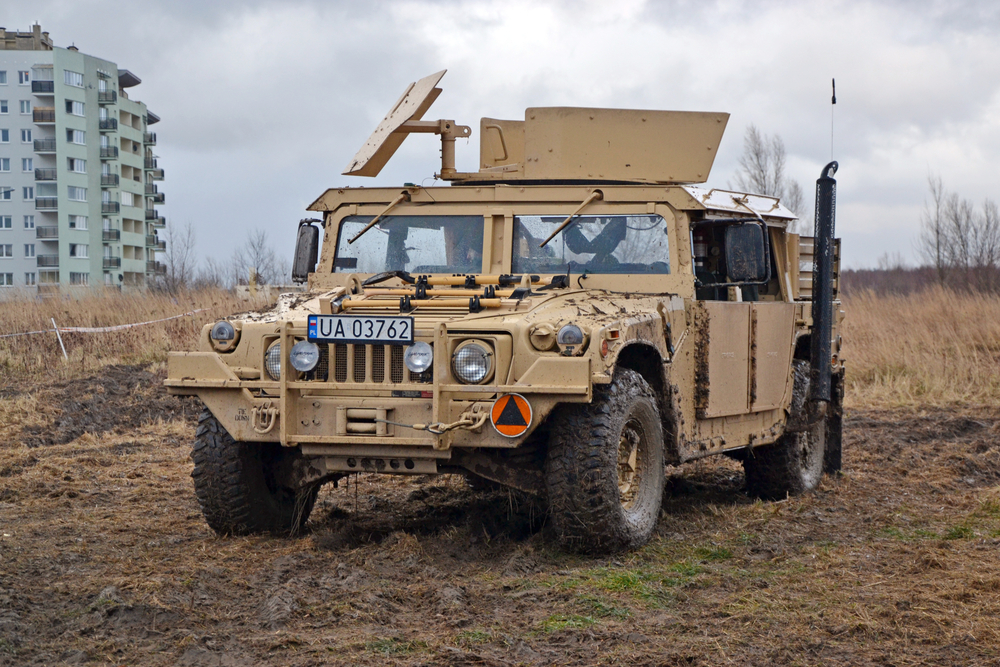
The High Mobility Multipurpose Wheeled Vehicle, or Humvee, revolutionized military transportation with its versatility and durability. Replacing the Jeep and other light utility vehicles in the 1980s, it features high ground clearance and four-wheel drive, allowing it to navigate difficult terrain. Configurable for various roles, the Humvee can serve as a troop transport, ambulance, or weapons platform. Its robust design and adaptability make it a staple in military operations worldwide.
Sherman Tank
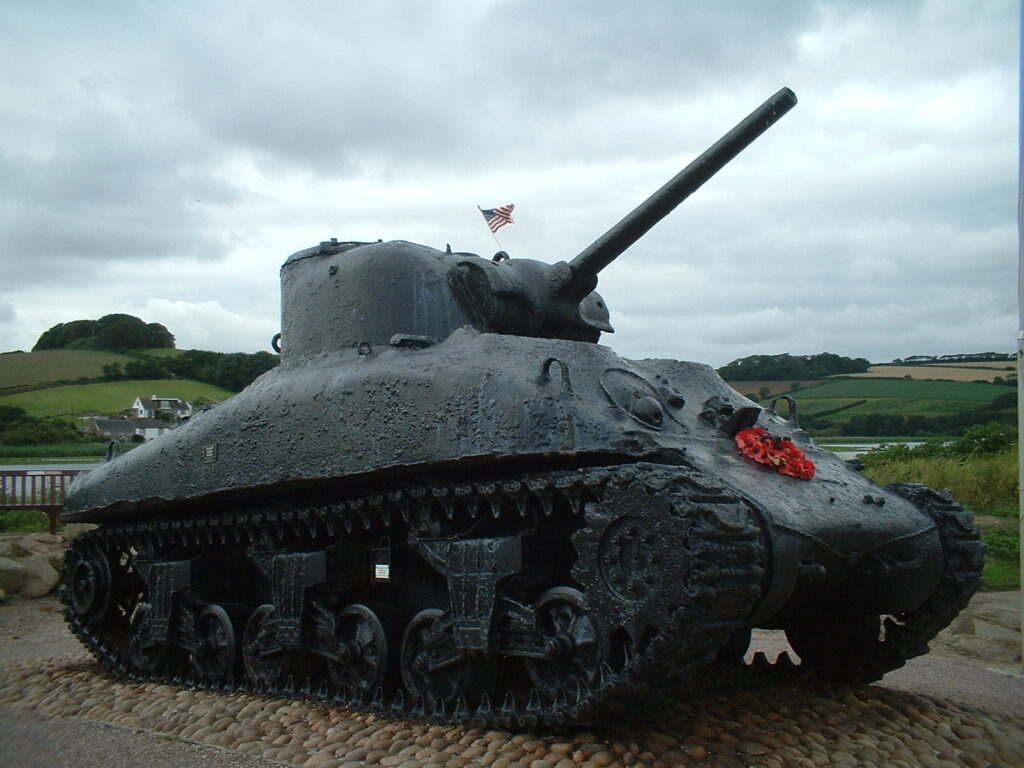
The M4 Sherman tank, a workhorse of the Allied armored forces during World War II, is celebrated for its reliability and ease of production. Over 50,000 units were built, featuring a 75mm gun, 500 horsepower engine, and a top speed of 30 mph. Despite not being as heavily armored or armed as its German counterparts, the Sherman’s sheer numbers and mechanical reliability were crucial to the Allies’ victory. Adaptable to different roles, including mine clearing and amphibious operations, the Sherman showcased its versatility.
Black Hawk Helicopter
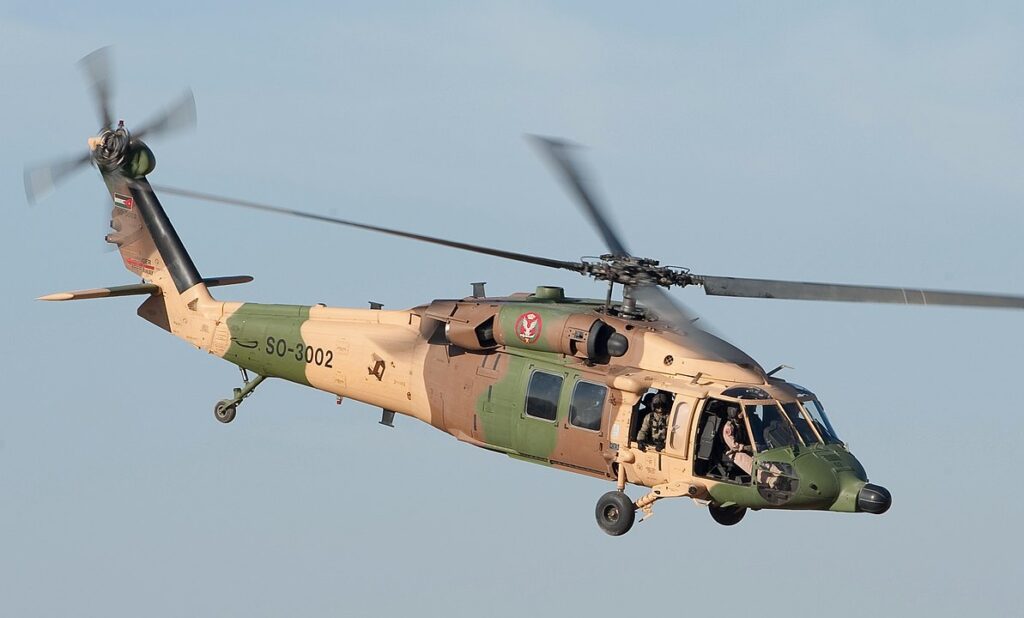
Since its introduction in the late 1970s, the UH-60 Black Hawk helicopter has been a pivotal asset for the U.S. Army. Known for its versatility, it serves in various capacities such as troop transport, medical evacuation, and cargo lift. With a top speed of 183 mph and a range of 320 miles, it can quickly deliver personnel and supplies to critical areas. The Black Hawk’s durability and advanced avionics make it a reliable choice for combat and humanitarian missions.
T-34 Tank
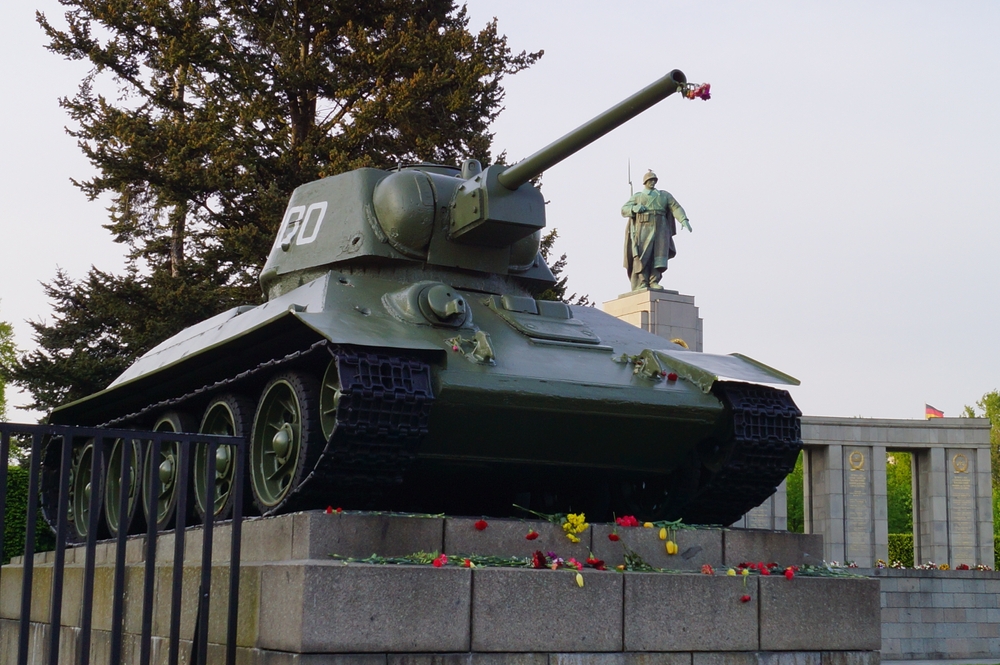
The Soviet T-34 tank, introduced in 1940, was one of the most influential designs of World War II, combining firepower, mobility, and protection. Featuring a powerful 76.2mm gun, sloped armor, and a robust diesel engine, it was difficult for German anti-tank weapons to penetrate. The T-34’s success on the Eastern Front demonstrated the importance of balanced tank design and mass production. Its innovative design influenced tank development worldwide.
Jeep Willys MB
Commonly known as the Jeep, the Willys MB became an icon of World War II due to its reliability and versatility. First produced in 1941, it was designed to navigate rough terrain with its four-wheel drive and high ground clearance. Adaptable for various roles, the Jeep served as a reconnaissance vehicle, ambulance, and light weapon platform. Its simplicity and durability made it invaluable in both combat and support roles.
B-52 Stratofortress
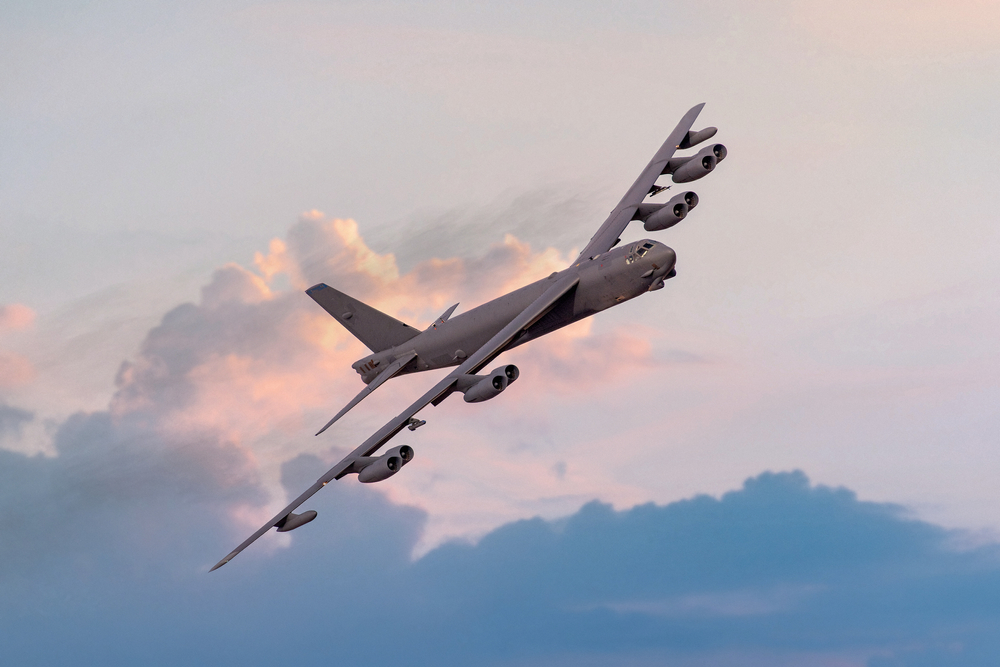
The B-52 Stratofortress has been a key component of the U.S. strategic bomber fleet since the 1950s. Known for its long-range and heavy payload capacity, it can carry up to 70,000 pounds of bombs and missiles. The B-52’s advanced avionics and electronic warfare systems enable it to penetrate enemy defenses. Its endurance and versatility have made it a mainstay in various conflicts, from the Cold War to present-day operations.
Leopard 2 Tank
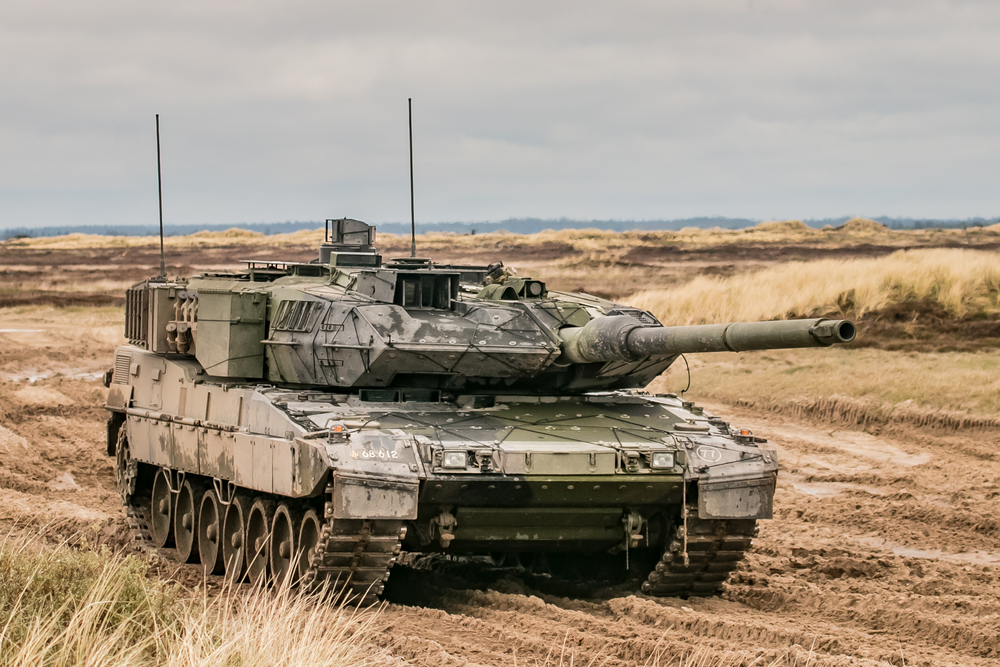
The German Leopard 2 tank, introduced in 1979, is renowned for its advanced technology and superior firepower. It features a 120mm smoothbore cannon, composite armor, and advanced fire control systems. With a top speed of 42 mph and a powerful engine, the Leopard 2 is highly effective in combat. Its modular armor design allows for quick upgrades and repairs.
Bradley Fighting Vehicle
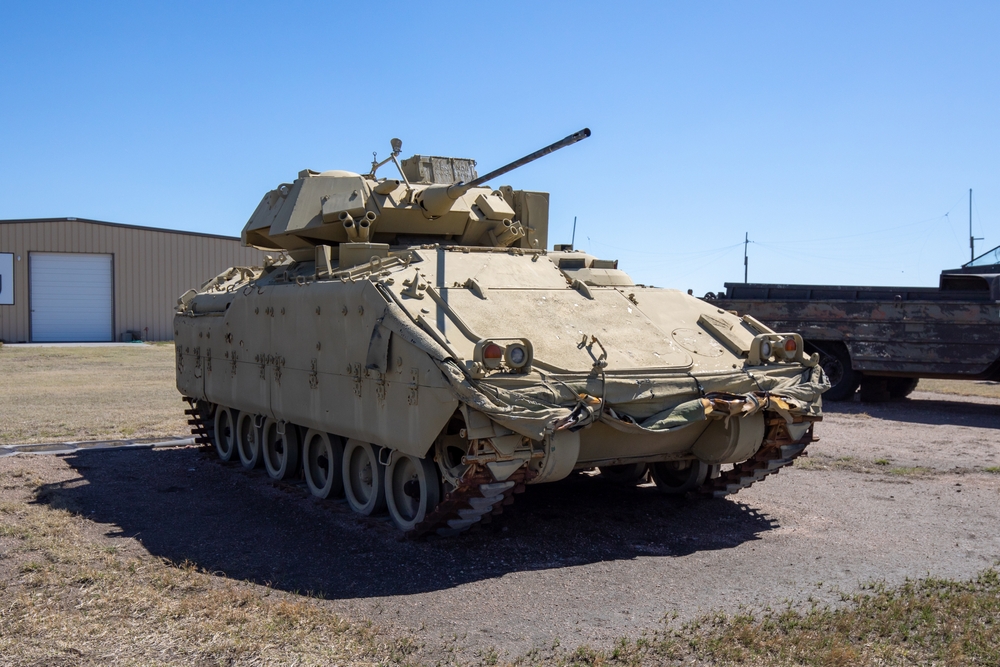
Providing essential support to U.S. infantry since the 1980s, the M2 Bradley Fighting Vehicle is equipped with a 25mm chain gun, TOW missile launcher, and robust armor. It offers significant firepower and protection while transporting infantry troops. The Bradley’s advanced targeting systems and versatility in various combat roles have proven invaluable. Its blend of firepower, protection, and mobility makes it a crucial asset in modern mechanized infantry operations.
Panzer IV
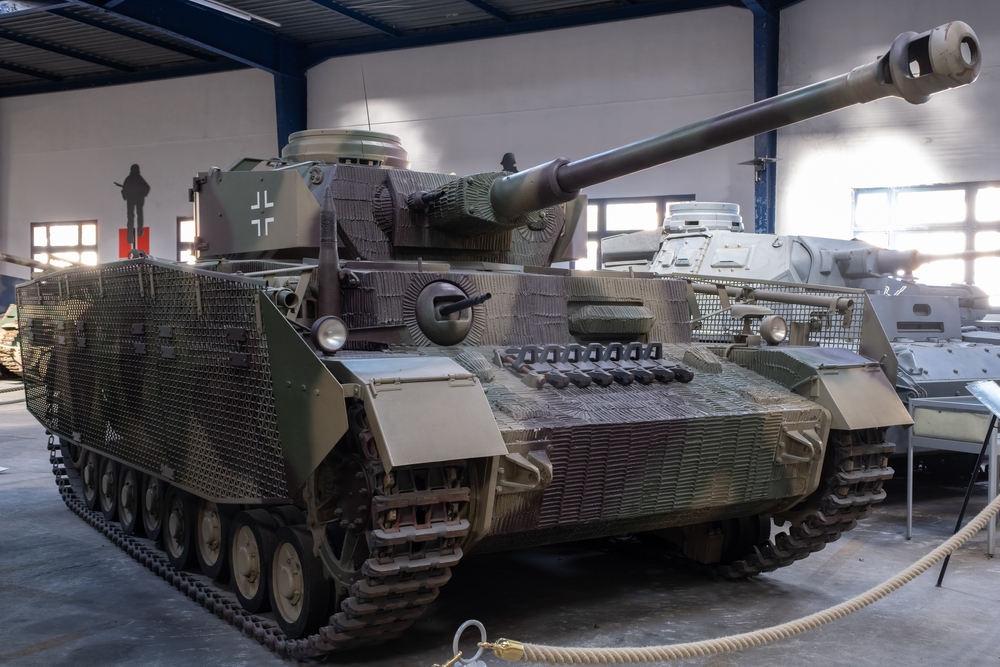
Introduced in 1939, the German Panzer IV was a key tank in World War II, known for its balanced design and versatility. Featuring a 75mm gun, reliable armor, and a top speed of 25 mph, the Panzer IV was adaptable, allowing it to be upgraded throughout the war. Its effectiveness against Allied tanks demonstrated the importance of a well-rounded main battle tank. The Panzer IV’s role in numerous campaigns significantly influenced post-war tank development.
Stryker Armored Vehicle
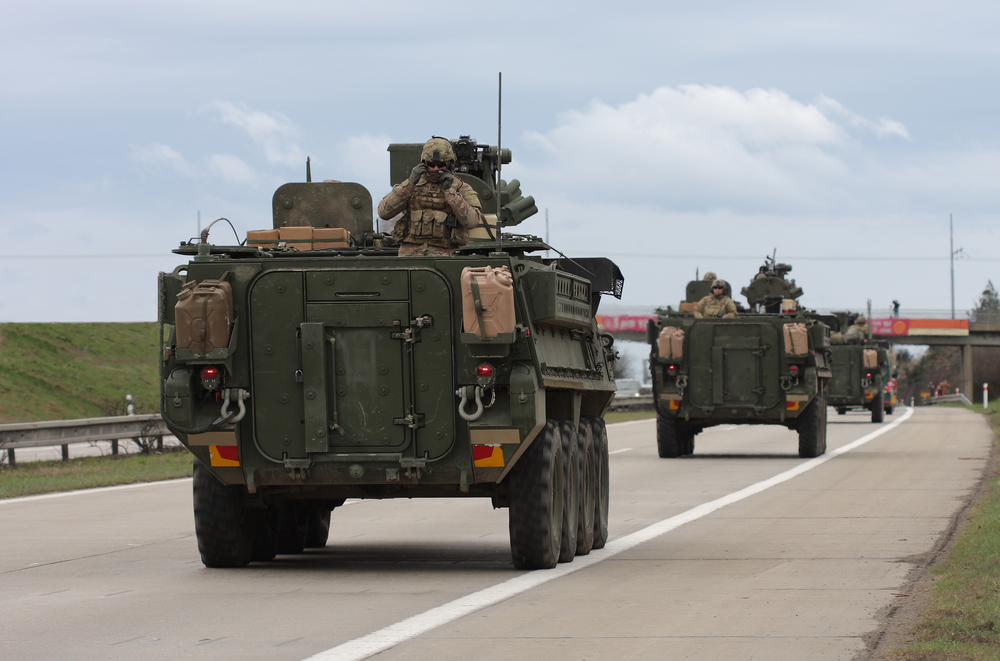
The Stryker is a family of eight-wheeled armored fighting vehicles used by the U.S. Army since 2002. Offering a balance of protection, firepower, and mobility, it features a V-hull design for improved blast protection. The Stryker can be equipped with various weapon systems, including a 105mm gun and anti-tank missiles. Its modular design allows for rapid reconfiguration to meet different mission requirements.
Apache Helicopter
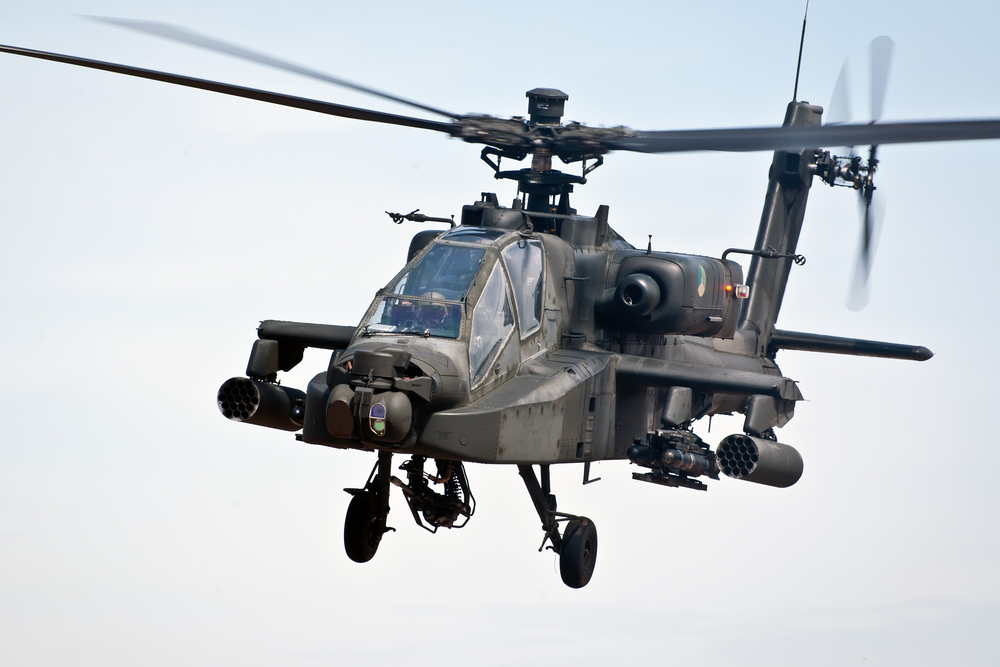
The AH-64 Apache, a twin-turboshaft attack helicopter, is renowned for its firepower and advanced targeting capabilities. Introduced in the 1980s, it features a 30mm M230 chain gun, Hellfire missiles, and advanced avionics. The Apache’s agility and durability make it highly effective in close air support and anti-armor roles. Operating in various combat environments, it has become a critical asset in modern warfare.
BMP-1 Infantry Fighting Vehicle

The Soviet BMP-1, introduced in the 1960s, was one of the first infantry fighting vehicles, combining firepower, protection, and mobility. Equipped with a 73mm smoothbore gun, AT-3 Sagger missile, and amphibious capabilities, it could transport infantry troops while providing direct fire support. The BMP-1’s design influenced the development of subsequent infantry fighting vehicles worldwide. Its innovative combination of features set a new standard for armored personnel carriers.
Challenger 2 Tank
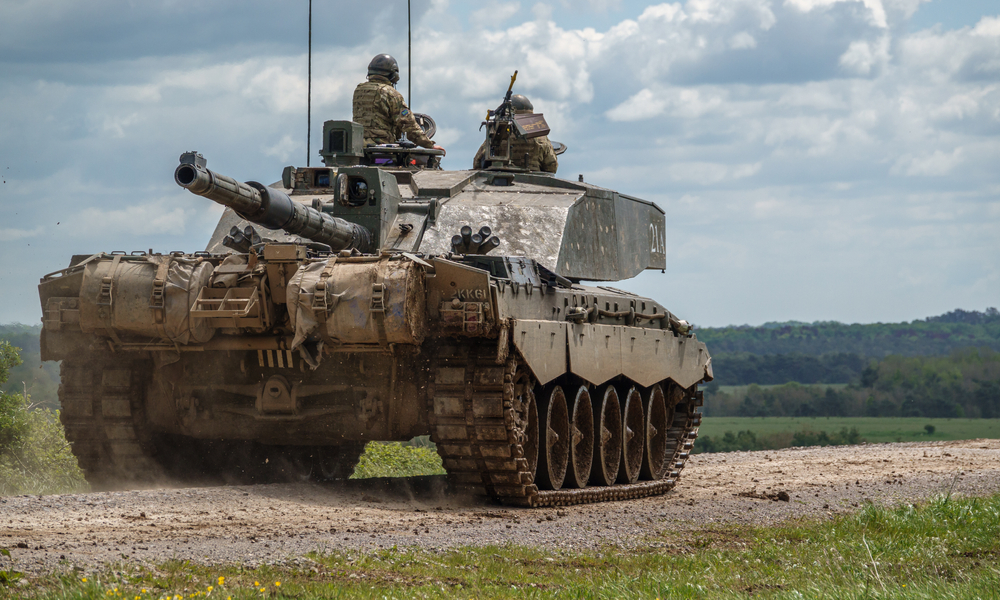
The British Challenger 2 tank, introduced in the 1990s, is known for its exceptional armor and firepower. Featuring a 120mm rifled gun, Chobham armor, and advanced targeting systems, the Challenger 2’s durability and reliability have been proven in various combat scenarios. Its design emphasizes crew protection and survivability. The Challenger 2’s combination of firepower, protection, and technology has made it a leading battle tank.
M270 Multiple Launch Rocket System (MLRS)
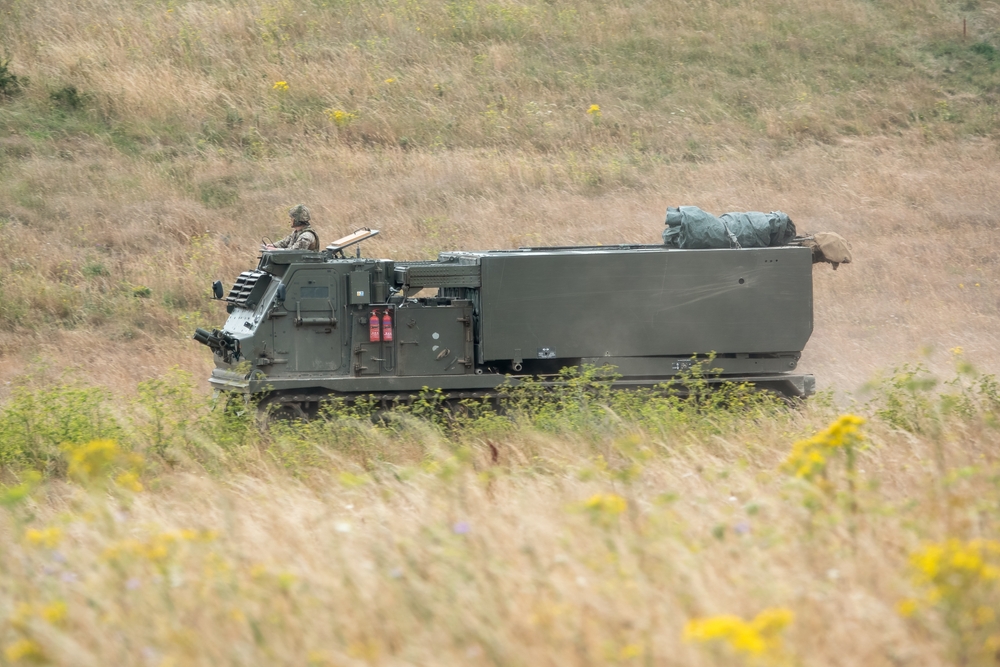
Introduced by the U.S. in the 1980s, the M270 MLRS is a highly mobile rocket artillery system capable of delivering a large volume of firepower quickly. Featuring a launcher that can fire up to 12 rockets in less than a minute, it has a range of over 30 miles. The M270’s mobility and rapid reload capability enhance its tactical flexibility. Precision-guided munitions improve accuracy and reduce collateral damage.
LAV-25 Light Armored Vehicle
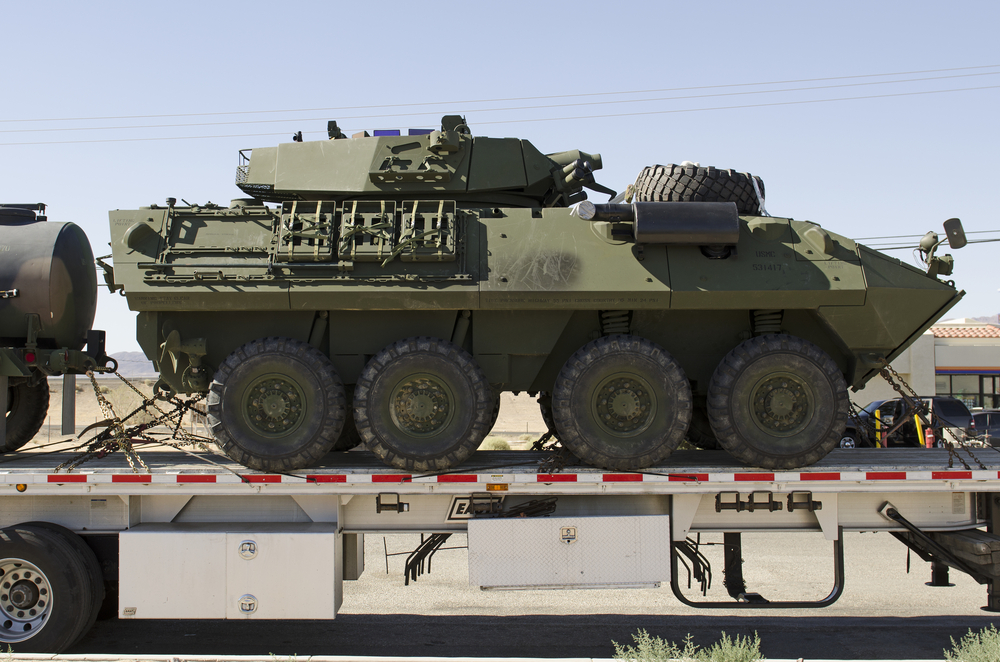
The LAV-25, an eight-wheeled amphibious armored reconnaissance vehicle used by the U.S. Marine Corps since the 1980s, features a 25mm chain gun, high mobility, and amphibious capabilities. Its versatility allows it to perform various roles, including reconnaissance, security, and direct fire support. The LAV-25’s lightweight and speed enhance its operational flexibility.
Hind Helicopter
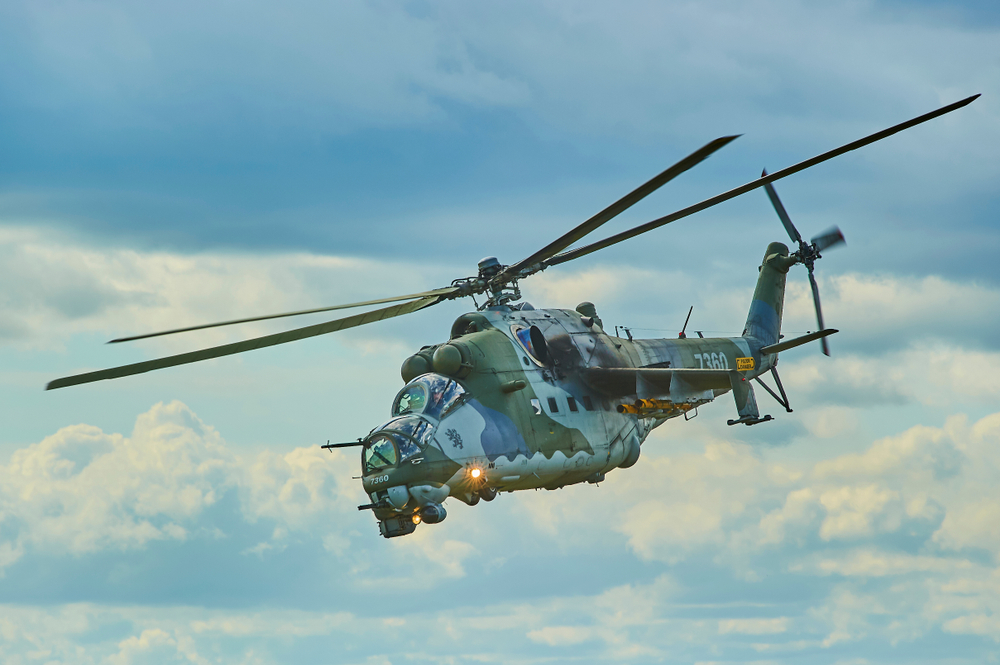
The Mi-24 Hind, a Soviet-era attack and transport helicopter, is known for its versatility and firepower. Introduced in the 1970s, it features 23mm cannons, rockets, and anti-tank missiles, while also capable of transporting up to eight troops. The Hind’s armored design enhances survivability in combat. Its adaptability and effectiveness in various combat roles have made it a significant asset in military aviation.
This article originally appeared on MyCarMakesNoise.
More from MyCarMakesNoise
13 Least Reliable Cars on the Market

When it comes to choosing a vehicle, reliability is often at the top of the list for most buyers. A car that consistently performs well without frequent visits to the repair shop is what everyone hopes for. Read More.
15 Underrated Luxury Cars That Are Worth Every Penny

In the world of luxury vehicles, certain brands and models often steal the spotlight, leaving other equally impressive options in the shadows. However, for discerning buyers looking to invest in a luxury car that stands out from the crowd, many less-known models offer exceptional value. Read More.
12 Legendary Race Cars Still Competing

In the world of motorsport, certain race cars transcend their time, leaving an indelible mark on the track and in the hearts of racing enthusiasts. These legendary machines, known for their groundbreaking performance and engineering, have not only dominated in their prime but continue to compete, proving their enduring prowess. Read More.

